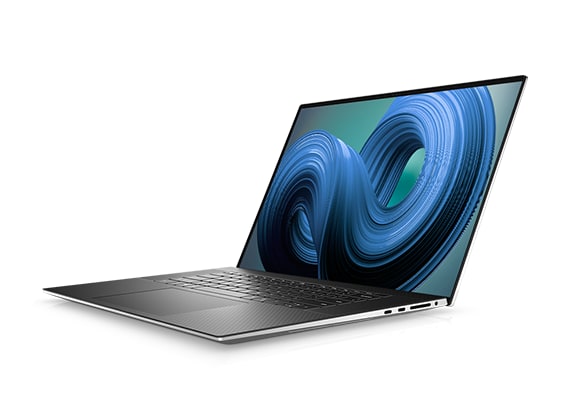The RTX 3060 is the sweet spot, just like the GTX 1060. The 1050/3050, even Ti, are still entry level. Even on Dell Inspiron Gaming laptops, their 3050/Ti version only comes with 4GB VRAM with limited output options (and UBS2).
Although, I don't think the thin and tiny heatsink/cooling of the XPS is adequate to keep the laptop cool, it'll throttle anyway, so there's no point in getting a beefy GPU. My old XPS 9570 (with 1050Ti Max-Q) crashed so often that I had to undervolt the i7-8750H and capped the Turbo Ratio limit at 34 in order to keep it stable (and the fans from running continuously).
On the other hand, now's a good time to buy last gen laptops. Those Ryzen 7, especially 5800H, paired with a 3060, have much more value for the money. Not to mention 32GB of DDR4 is still affordable (vs DDR5).
I upgraded my 5-yo Dell 7567 to a Legion 5 Pro last month, $1,239, totally worth the money with high quality build. I don't carry it around often, mostly docking at my desk with QHD 27" monitor, a mechanical keyboard, a gaming mouse, and a pair of Pioneer speakers. The 3060 can max out at 130W for hours with efficient cooling. While darktable makes very good use of the GPU, my old 1050Ti with 4GB forced tiling on 24MP RAF, while the new 3060 with 6GB RAM can process the image at once, speeding up the export from 11 seconds to just 2 seconds.
https://www.ebay.com/itm/304185773366




